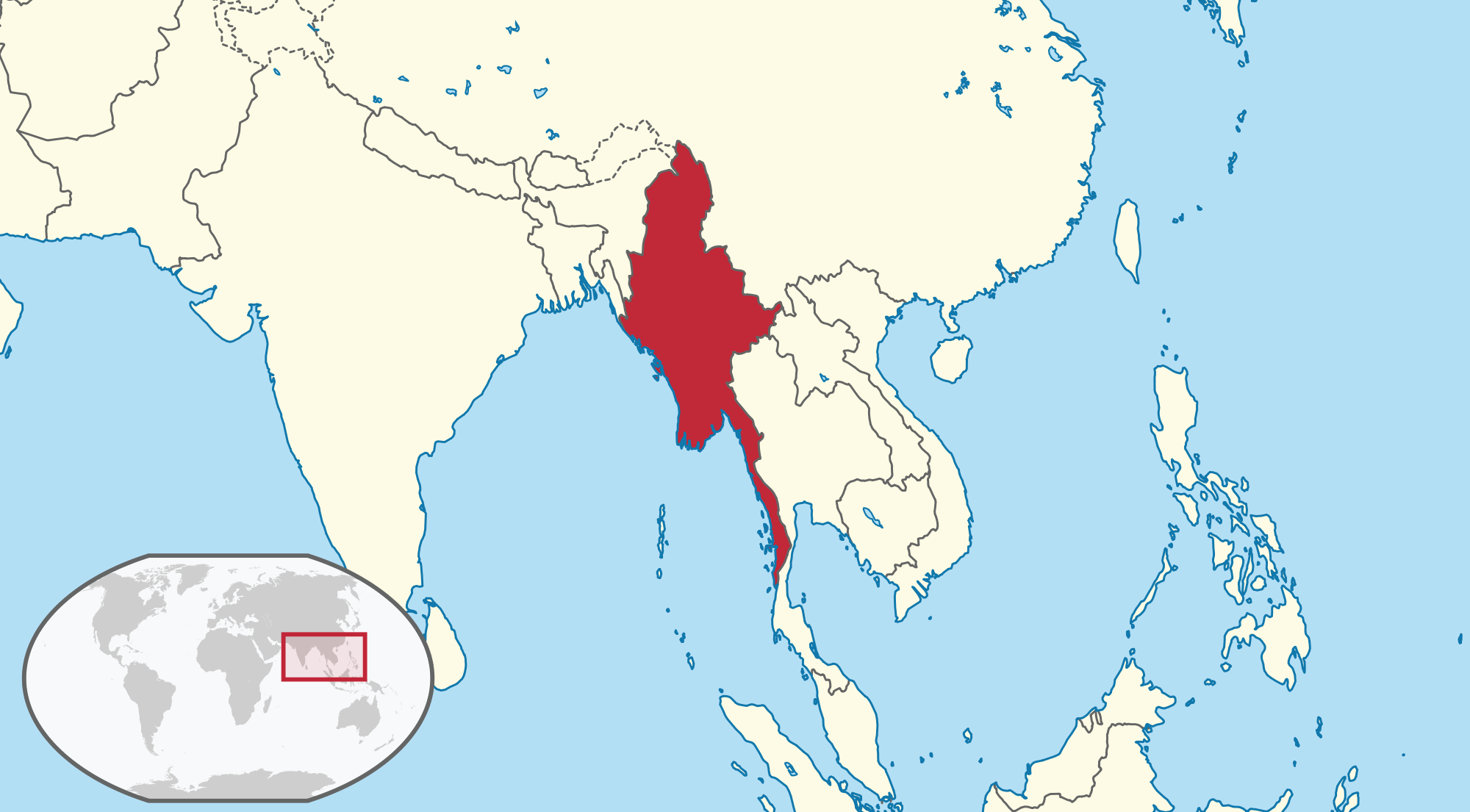- Moeraki Boulders
These unusually large and spherical boulders are found lying along a stretch of Koekohe Beach on the coast in New Zealand. The boulders are concretions made by the cementation of the Paleocene mudstone that was exhumed by coastal erosions. The boulders are estimated to have taken about 5 million years to form. After being analyzed, the boulders were found to be made of mud, fine silt and clay, cemented by calcite.
- Giants Causeway
In Northern Ireland, the Giants Causeway is an area of 40,000 interlocking basalt columns. These columns are the result of an ancient volcanic eruption. The tops of the columns form stepping stones that lead from the cliff foot and vanish into the sea. Similar basalt columns are found in Iceland, near the town of Vik. These perfectly hexagonal forms are typically found near sources of water, most commonly along coastlines or near streams and rivers.
- Cave of the Crystals
Located a thousand feet under Naica mountain in Chihuahua, Mexico, the Cave of Crystals is a cave connected to the Naica Mine. The main cave contains massive selenite crystals, some of the largest natural crystals ever found. Hydrated sulfate gypsum is believed to have crystallized at a very slow rate over half a million years to form these huge crystals. Currently, only scientists are able to visit the Crystal Cave. Other caves continue to be discovered beneath Naica, including the Queen’s Eye, Candles Cave, Ice Palace, and Cave of Swords.
- Chocolate Hills
The Chocolate Hills is a geological formation in Bohol province in the Philippines. There are around 1,700 of these conical karst hills spread over an area of more than 20 square miles. They are covered in green grass that turns brown during the dry season and look like endless rows of chocolate kisses, giving the hills their name. The conical and symmetrical rolling hills are actually grass covered marine limestone.
- Salar de Uyuni
Found in southwest Bolivia, Salar de Uyuni Is the world’s largest salt flat at 4,086 square miles. It contains around 10 billion tons of salt. The salt flat is located near the crest of the Andes, at an altitude of 11,995 feet above sea level. The Salar was formed as a result of transformations between several prehistoric lakes about 42,000 years ago. The Salar contains large amounts of sodium, potassium, lithium, magnesium, and borax. Currently, it holds between 50-70% of the world’s lithium reserves.

